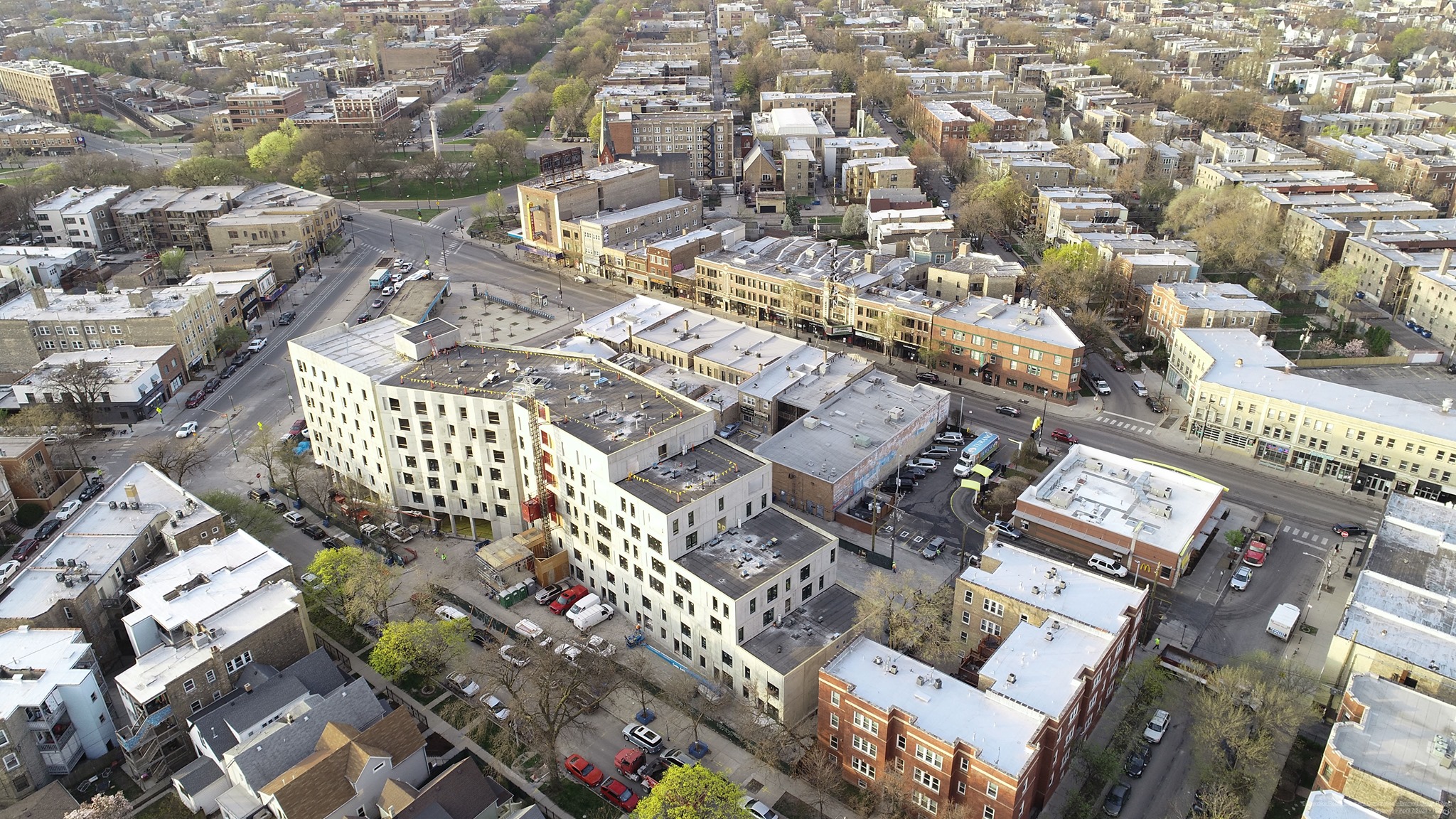Chicagoland ranks as one of the most racially and economically segregated metropolitan areas in the country. 74 percent of the city of Chicago’s 1.8 million people of color live in economically disconnected areas, mainly on the South and West sides, where rates of unemployment and poverty far exceed those on the North Side. According to the city of Chicago, "The findings of fair housing challenges, community conversations, and extensive data analysis confirm that residential segregation creates a cycle of instability and economic hardship with long-lasting consequences." Last Friday Mayor Lori Lightfoot announced the release of the Chicago Blueprint for Fair Housing, a plan to address the city’s housing segregation, disparities in access to opportunity, and history of inequitable investment.
The Blueprint for Fair Housing sets the following eight goals for the city of Chicago and the Chicago Housing Authority over the next five years to further the cause of fair housing and make Chicago more equitable:
- Increase and preserve affordable, accessible housing options
- Prevent involuntary displacement and stabilize neighborhoods
- Increase opportunities and community integration for people with disabilities
- Address the segregation of opportunity and related inequitable distribution of resources
- Enhance housing policies and programs to increase fair housing choice
- Expand fair housing outreach, education and enforcement
- Preserve existing and expand affordable homeownership
- Ensure that internal policies and practices advance equity and address history of structural racism
According to the city, "the Blueprint includes specific plans to mitigate and eliminate barriers to fair housing." Some of the barriers include "wealth and public health factors that influence a community’s access to opportunity such as employment, quality education, transportation, and other essential services."
Lightfoot describes the blueprint as a way to “tackle the deeply embedded issues of structural racism and economic disinvestment that drives disparities in housing and access to opportunity in our city.” The mayor adds that other ongoing housing equity and anti-poverty initiatives will allow Chicago to “rebuild and diversify our middle class and restore all residents' access to healthy, affordable and quality housing in neighborhoods by providing jobs and essential services." Just last month the city announced that the Chicago Department of Housing will use a Racial Equity Impact Assessment to analyze how different racial and ethnic groups are or will be impacted by existing or proposed policies, programs, or decisions. In September of last year the city announced its Equitable Transit-Oriented Plan.
According to the city, the Chicago Blueprint for Fair Housing was born out of Chicago’s participation in the Cook County Regional Assessment of Fair Housing, a first-of-its-kind planning effort that convened 13 jurisdictions and six public housing authorities to understand the underlying causes behind the regions’ fair housing issues. The city partnered with Enterprise Community Partners, Chicago Area Fair Housing Alliance, and the Metropolitan Planning Council along with six community partners which were awarded grants to gather feedback directly from impacted communities and include:
- Chicago Housing Initiative
- Connections for the Homeless
- Housing Choice Partners
- Lawyers' Committee for Better Housing
- Legal Aid Chicago
- Metropolitan Tenants Organizations
- Northwest Compass
- Respond Now
The Chicago Area Fair Housing Alliance convened an advisory committee, which further identified historic policies and decisions and informed the assessment and subsequent actions. The Blueprint for Fair Housing is available now and open for public comment through May 28, 2021. View the document here.




